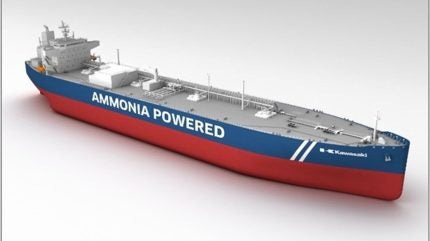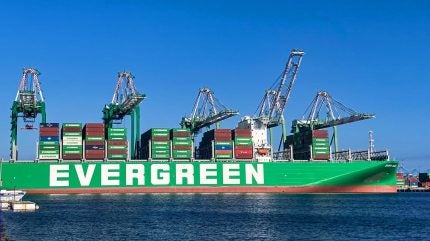

Japanese ship classification society, ClassNK, has issued an approval in principle (AiP) for an ammonia-fuelled LPG/ammonia carrier, a joint application by Kawasaki Heavy Industries and MITSUI E&S.
The AiP validates the design’s compliance with safety and regulatory standards.
Discover B2B Marketing That Performs
Combine business intelligence and editorial excellence to reach engaged professionals across 36 leading media platforms.
Ammonia, known for its lack of CO₂ emissions when burned, is anticipated to gain broader adoption as a zero-carbon fuel in the shipping industry, according to ClassNK.
Currently, numerous research initiatives and development projects are in progress to facilitate the practical implementation of ammonia-powered vessels.
In 2021, ClassNK released the “Guidelines for Ships Using Alternative Fuels” to assist innovative efforts in this area.
These guidelines address the installation and operation of safety systems, aiming to mitigate risks posed to vessels, crew members, and the environment from the operation of ships powered by ammonia fuel.
Moreover, ClassNK’s proposal for the “Interim Guidelines for the Safety of Ships Using Ammonia as Fuel” was approved at the Maritime Safety Committee (MSC) 109 in December 2024, following submission to the International Maritime Organisation (IMO) through the Government of Japan.
ClassNK reviewed the vessel’s design concept based on its “Part C-2: Guidelines for the Safety of Liquefied Gas Carriers Using Ammonia as Fuel (Edition 3.0.2)” and “Part C-3: Additional Safety Measures for Engine Rooms (Edition 3.0.2)” of the “Guidelines for Ships Using Alternative Fuels (Edition 3.0).”
It also conducted a thorough risk assessment through hazard identification (HAZID), after which the AiP was granted.
In July, ClassNK introduced the ClassNK Fleet Cost Simulation service, aimed at supporting the maritime sector’s transition to decarbonised fuels.
This service provides clients with cost projections related to greenhouse gas (GHG) emission reduction regulations, such as the IMO’s mid-term measures, the EU Emissions Trading System (EU-ETS), and FuelEU Maritime.



